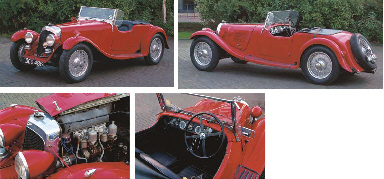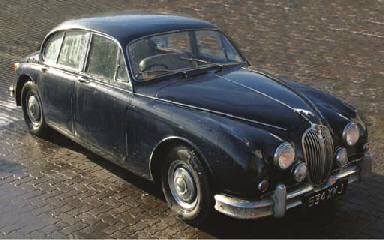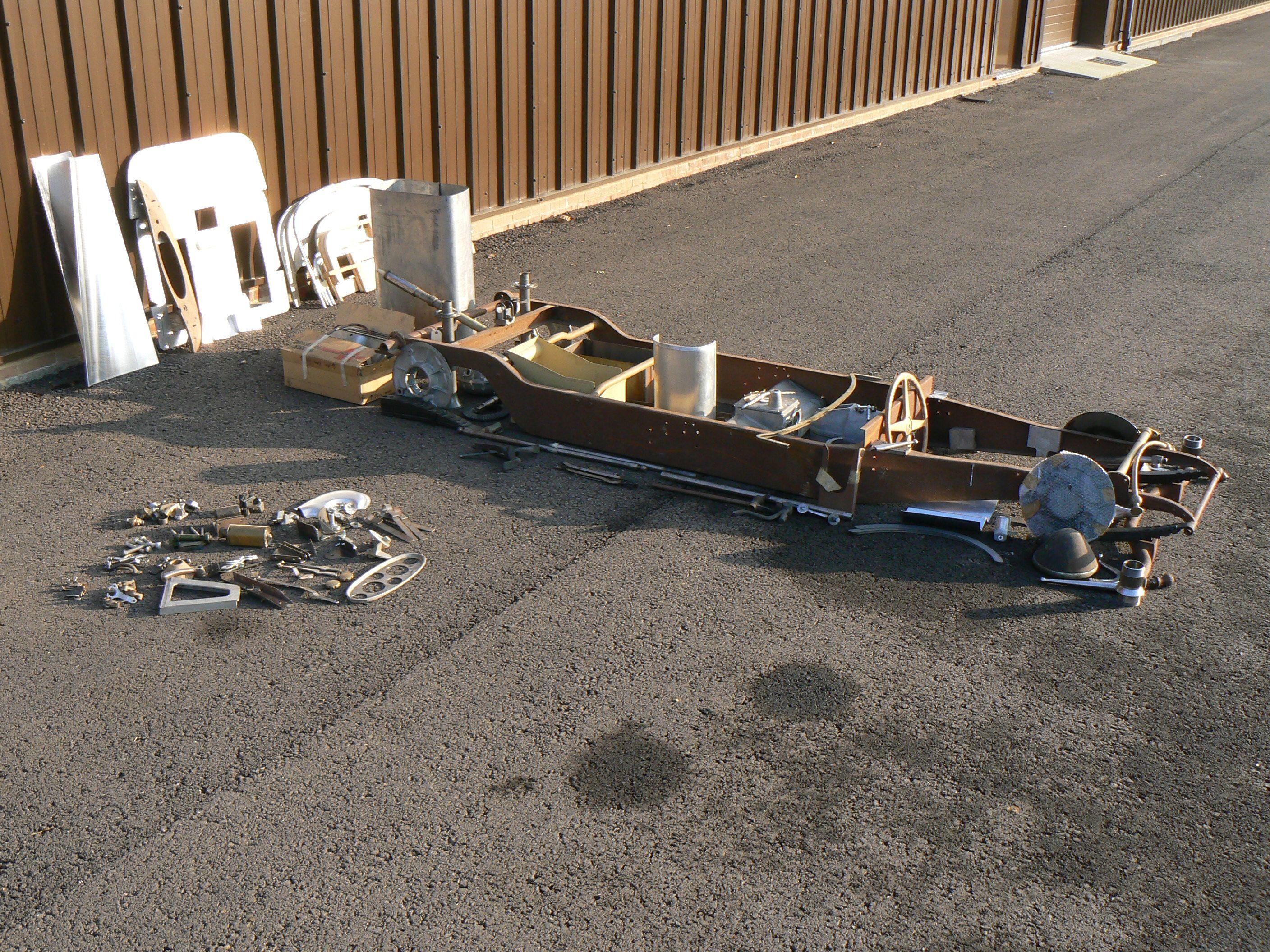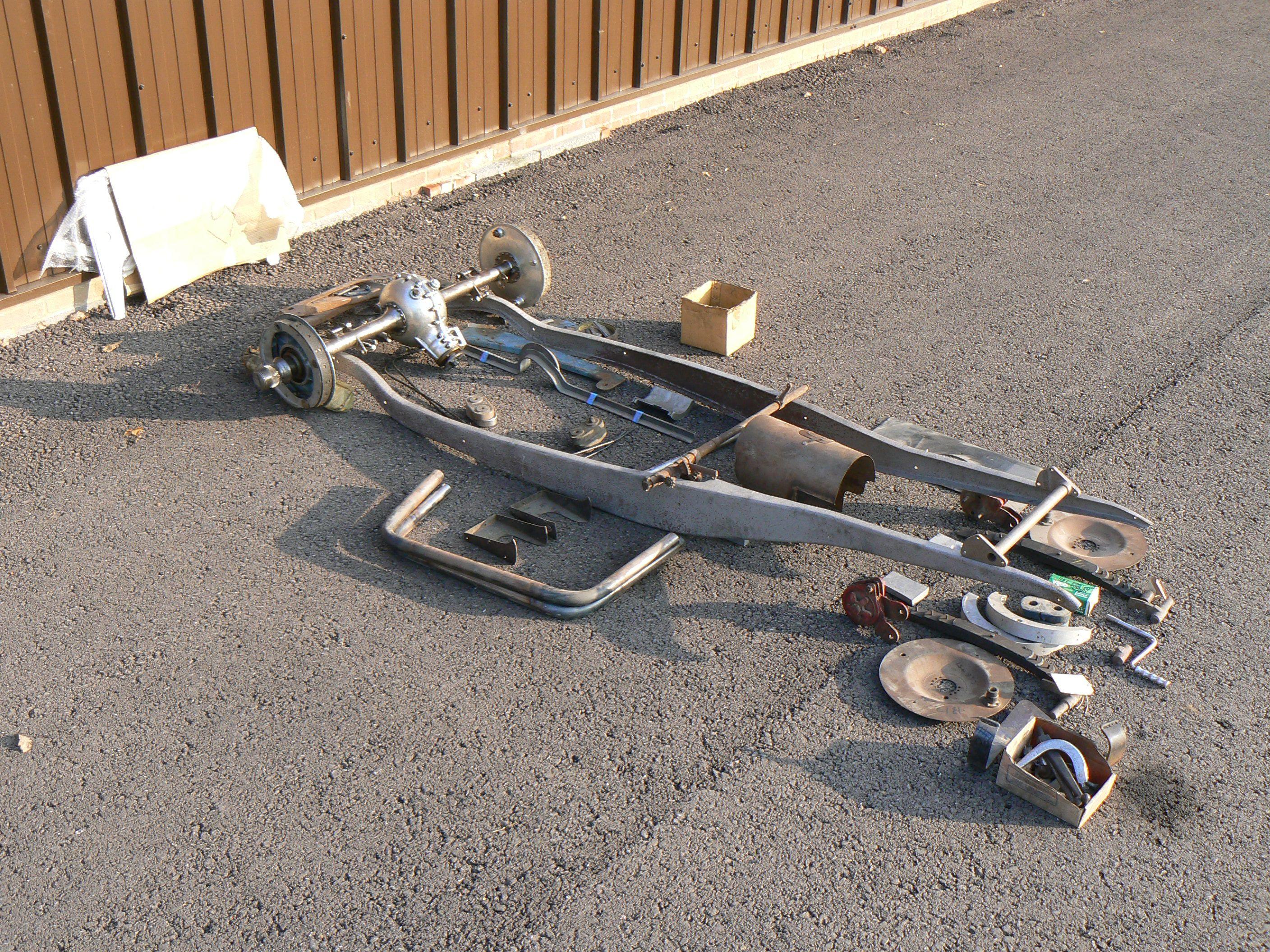Sold by Order of a Direct Descendant 'The world is in difficulty and this is the call to us to do all we can to help. You dear children have your part to play and it may be a big part. The way for you as for all of us, is to live just as Jesus lived, to follow him in His loving, unselfish, generous life of service to all, to bear witness to Him and His way, in everything we do. So shall we best help the world out of its difficulties by helping to bring God's Kingdom to come… from your loving friend.' 'Daddy' Graham's last telegram to his school pupils, dated 14 May 1942. The superb C.I.E., Kaisar-i-Hind and Bar group of three awarded to the Very Reverend J. A. 'Daddy' Graham D.D., who built the iconic Macfarlane Memorial Church in Himalayan Kalimpong, and dedicated his life to alleviating poverty in that remote district; credited with founding Kalimpong's first hospital, he is best remembered for his remarkable school, Dr. Graham's Homes, which thrives to this day The Most Eminent Order of the Indian Empire, C.I.E., Companion's 2nd type neck Badge, gold and enamel, minor chip to red enamel at 2 o'clock; Kaisar-i-Hind, E.VII.R, 1st Class, gold, (52.5 grams), with Second Award Bar, dated '1935', with top brooch bar; Indian Volunteer Forces Officers' Decoration, G.V.R., reverse inscribed 'Hony. Chaplin. Rev. J. A. Graham. 9th N. B. Mtd. Rfls. I.D.F.', fitted with silver brooch bar, good very fine (3) C.I.E. London Gazette 12 December 1911. John Anderson Graham was born into a devout Christian family at De Beauvoir, Hackney on 8 September 1861. His father David Graham a Dunbartonshire farmer, died in 1867. Young John left his Parish school aged 13 to support his family, gaining employment as a clerk and enrolled himself in a school at Glasgow in 1875, attending evening classes in astronomy and stenography. He became involved in Church affairs at St. Bernard's, Glasgow, and studied ministry at Edinburgh University from 1885. He quickly learned the importance of Church propaganda, authoring the periodical Life and Work as Secretary of a Student Committee. He initiated the Church of Scotland Yearbook in 1886, and was appointed National Secretary of the Young Men's Guild. Graham met his future wife, Katherine McConachie, when they were both working with children living in poverty in the West Port area of Edinburgh. He graduated from Divinity Hall and was ordained as the Young Men's Guild's first overseas Missionary on 13 January 1889. Two days later he married Katherine, with whom he later fathered two sons and four daughters. The couple reached Calcutta on 21 March 1889, having travelled the overland route, and began their Mission in the remote Himalayan town of Kalimpong, 4,000 feet above sea level. Part of British Sikkim, India's least populous region, Kalimpong was inhabited by tribal Lepchas, Nepalese, and Bhutias. Overhead loomed Mount Kanchenjunga, the highest peak in India. In just six years, Graham transformed Kalimpong and left an enduring legacy. He raised funds for a neo-Gothic church, named in honour of a Scottish clergyman who preached there ten years earlier. The 'Macfarlane Memorial Church' opened on 1 November 1891, with capacity for 1,000 worshippers. It is visible from all parts of the town, and has become a cherished landmark. Badly damaged in the 2011 Sikkim earthquake, it reopened with great fanfare in 2013. In 1893, when disease racked the town, Graham established its first ever hospital with 25 beds. Named 'The Charteris Hospital', after Rev. Dr. Archibald Charteris of the Young Men's Guild, it remained Kalimpong's only hospital for another 80 years. Graham designed it to incorporate a leprosarium, for those suffering from leprosy. He and Katherine even brought employment to the region, starting various craft industries. One of his workshops employed only women - their handmade products were sold locally, giving the region's womenfolk a working wage for the first time in their history. In 1895, the Grahams ret
Sold by Order of a Direct Descendant 'The world is in difficulty and this is the call to us to do all we can to help. You dear children have your part to play and it may be a big part. The way for you as for all of us, is to live just as Jesus lived, to follow him in His loving, unselfish, generous life of service to all, to bear witness to Him and His way, in everything we do. So shall we best help the world out of its difficulties by helping to bring God's Kingdom to come… from your loving friend.' 'Daddy' Graham's last telegram to his school pupils, dated 14 May 1942. The superb C.I.E., Kaisar-i-Hind and Bar group of three awarded to the Very Reverend J. A. 'Daddy' Graham D.D., who built the iconic Macfarlane Memorial Church in Himalayan Kalimpong, and dedicated his life to alleviating poverty in that remote district; credited with founding Kalimpong's first hospital, he is best remembered for his remarkable school, Dr. Graham's Homes, which thrives to this day The Most Eminent Order of the Indian Empire, C.I.E., Companion's 2nd type neck Badge, gold and enamel, minor chip to red enamel at 2 o'clock; Kaisar-i-Hind, E.VII.R, 1st Class, gold, (52.5 grams), with Second Award Bar, dated '1935', with top brooch bar; Indian Volunteer Forces Officers' Decoration, G.V.R., reverse inscribed 'Hony. Chaplin. Rev. J. A. Graham. 9th N. B. Mtd. Rfls. I.D.F.', fitted with silver brooch bar, good very fine (3) C.I.E. London Gazette 12 December 1911. John Anderson Graham was born into a devout Christian family at De Beauvoir, Hackney on 8 September 1861. His father David Graham a Dunbartonshire farmer, died in 1867. Young John left his Parish school aged 13 to support his family, gaining employment as a clerk and enrolled himself in a school at Glasgow in 1875, attending evening classes in astronomy and stenography. He became involved in Church affairs at St. Bernard's, Glasgow, and studied ministry at Edinburgh University from 1885. He quickly learned the importance of Church propaganda, authoring the periodical Life and Work as Secretary of a Student Committee. He initiated the Church of Scotland Yearbook in 1886, and was appointed National Secretary of the Young Men's Guild. Graham met his future wife, Katherine McConachie, when they were both working with children living in poverty in the West Port area of Edinburgh. He graduated from Divinity Hall and was ordained as the Young Men's Guild's first overseas Missionary on 13 January 1889. Two days later he married Katherine, with whom he later fathered two sons and four daughters. The couple reached Calcutta on 21 March 1889, having travelled the overland route, and began their Mission in the remote Himalayan town of Kalimpong, 4,000 feet above sea level. Part of British Sikkim, India's least populous region, Kalimpong was inhabited by tribal Lepchas, Nepalese, and Bhutias. Overhead loomed Mount Kanchenjunga, the highest peak in India. In just six years, Graham transformed Kalimpong and left an enduring legacy. He raised funds for a neo-Gothic church, named in honour of a Scottish clergyman who preached there ten years earlier. The 'Macfarlane Memorial Church' opened on 1 November 1891, with capacity for 1,000 worshippers. It is visible from all parts of the town, and has become a cherished landmark. Badly damaged in the 2011 Sikkim earthquake, it reopened with great fanfare in 2013. In 1893, when disease racked the town, Graham established its first ever hospital with 25 beds. Named 'The Charteris Hospital', after Rev. Dr. Archibald Charteris of the Young Men's Guild, it remained Kalimpong's only hospital for another 80 years. Graham designed it to incorporate a leprosarium, for those suffering from leprosy. He and Katherine even brought employment to the region, starting various craft industries. One of his workshops employed only women - their handmade products were sold locally, giving the region's womenfolk a working wage for the first time in their history. In 1895, the Grahams ret















Try LotSearch and its premium features for 7 days - without any costs!
Be notified automatically about new items in upcoming auctions.
Create an alert